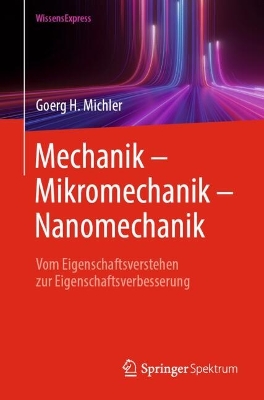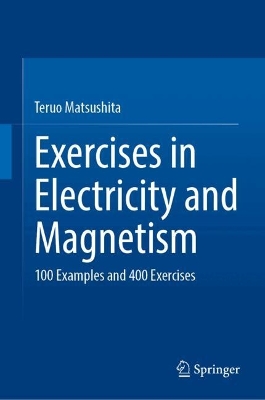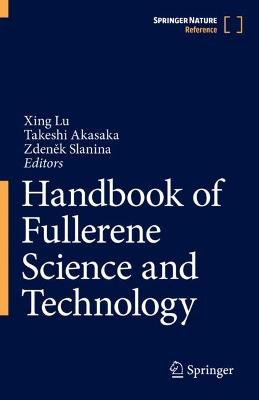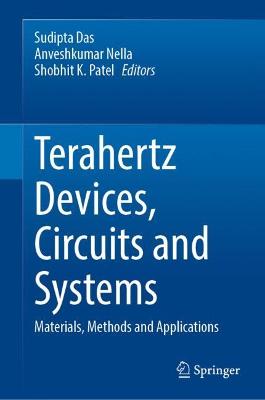Nanocarbons
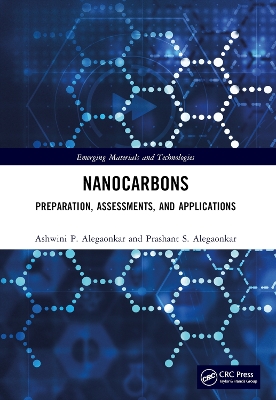 portes grátis
portes grátis
Nanocarbons
Preparation, Assessments, and Applications
Alegaonkar, Prashant S.; Alegaonkar, Ashwini P.
Taylor & Francis Ltd
10/2024
336
Mole
9781032329017
Pré-lançamento - envio 15 a 20 dias após a sua edição
Descrição não disponível.
1. Introduction and survey. 1.1. Status of carbon.1.2. Scope of nano-carbons . References. 2. Preparation and evaluation of nano-carbons. 2.1. 0-D carbon systems: carbon nanoparticles (CNP) /spheres (CNS). 2.2. Carbon nanotubes: 1-D format of carbon. 2.3. 2D graphene. 2.4. Foundry processed 3D graphite: variable density effect. 2.5. 4D orthogonal carbon fabric. References. 3. Hydrodynamics and shock absorption properties of nano-carbon . 3.1. Explosion: Background. 3.2. Laboratory synthesis: the survey. 3.3. Experimental simulation of blast: the instrumentation. 3.4. GNF for shock absorbing application. 3.5. Surface interactions of transonic shock wave with GLNR. 3.6. Hydrodynamics response of nanocarbons: CNS vs GNF. 3.7. Blast mitigation parameters for PNCs. References. 4. Microwave scattering and radar absorption coating properties of nanocarbon. 4.1. Radar know-hows: the background. 4.2. Microwave scattering mechanism: the Maxwellian formulation. 4.3. Shielding performance of materials architected . 4.4. Graphene and graphene derivatives for shielding. References. 5. Heat transfer and thermodynamics in micro graphitic nozzles. 5.1. Thermo-physical assessments of variable density graphite. 5.2. High temperature thermodynamics in rocket motor nozzles. References. 6. Electrochemistry and energy storage devices made up of carbon nano particles. 6.1. High performance tellurium-reduced graphene oxide pseudo-capacitor. 6.2. Fabrication of flexible and durable supercell made up of carbon-nano-sphere. 6.3. Self-assembled two-dimensional heterostructure of rGO/MoS2/h-BN (GMH). References. 7. Magnetism in otherwise non-magnetic nano-carbon and its derivatives. 7.1. Spin transport and magnetic correlation in GNCs doped with nitrogen. 7.2. Spin dynamics in GNCs vs graphene: role of adatom. 7.3. Molecular-spintronics in 2D carbon with adatom. 7.4. Tetrakis(dimethylamino) ethylene induced magnetism . References. 8. Multi-functional nano-carbons: from meta-materials to non-liner optics and gas sensing to mechanically tough fibre mat application. 8.1. Multi-functional aspect: optical gas sensing and EMI shielding. 8.2. Split ring resonators: Ferro-nano-carbon metamaterials. 8.3. Mechanical properties of GNCs nano-composites. 8.4 . Mechanical properties of electrospun PVA/CNT composite nanofibers. References. 9. Application engineering of nano-carbon-reinforced composites. 9.1 Field electron emission aspects of CNTs: the paste approach. 9.2. TiO2 coated CNTs: dye sensitized solar cells. 9.3. CNT embedded nylon nanofiber bundles by electrospinning. References. 10. Poly-nano-carbons: ion-track membranes for devices and nuclear radiation induced modifications for opto-electronics . 10.1. Emergence of nano-ion track membrane for flat flexible devices. 10.2. Opto-electronic properties of radiation induced modified poly-carbon. References. 11. Summary and outlook
Este título pertence ao(s) assunto(s) indicados(s). Para ver outros títulos clique no assunto desejado.
Heat Transfer;Thermodynamics;Hydrodynamics;Electrochemistry;Gas Sensors;Optics;Poly-nano-carbons;Reduced Graphene Oxide;EMI Shielding;Swift Heavy Ions;Split Hopkinson Pressure Bar;SAED Pattern;Electrochemical Performance;FTO Glass;CNT Paste;Field Enhancement Factor;Electron Fluence;RBS Spectrum;Field Emission Measurements;Etched Ion Tracks;SRRs;Double Base Propellants;Co-60 Gamma Rays;Inter-electrode Distance;CNT Emitter;Ni Zn Ferrite;XRD Analysis;Porous TiO;Cathode Layers;FE;Reflection Loss Curve;Free Volume
1. Introduction and survey. 1.1. Status of carbon.1.2. Scope of nano-carbons . References. 2. Preparation and evaluation of nano-carbons. 2.1. 0-D carbon systems: carbon nanoparticles (CNP) /spheres (CNS). 2.2. Carbon nanotubes: 1-D format of carbon. 2.3. 2D graphene. 2.4. Foundry processed 3D graphite: variable density effect. 2.5. 4D orthogonal carbon fabric. References. 3. Hydrodynamics and shock absorption properties of nano-carbon . 3.1. Explosion: Background. 3.2. Laboratory synthesis: the survey. 3.3. Experimental simulation of blast: the instrumentation. 3.4. GNF for shock absorbing application. 3.5. Surface interactions of transonic shock wave with GLNR. 3.6. Hydrodynamics response of nanocarbons: CNS vs GNF. 3.7. Blast mitigation parameters for PNCs. References. 4. Microwave scattering and radar absorption coating properties of nanocarbon. 4.1. Radar know-hows: the background. 4.2. Microwave scattering mechanism: the Maxwellian formulation. 4.3. Shielding performance of materials architected . 4.4. Graphene and graphene derivatives for shielding. References. 5. Heat transfer and thermodynamics in micro graphitic nozzles. 5.1. Thermo-physical assessments of variable density graphite. 5.2. High temperature thermodynamics in rocket motor nozzles. References. 6. Electrochemistry and energy storage devices made up of carbon nano particles. 6.1. High performance tellurium-reduced graphene oxide pseudo-capacitor. 6.2. Fabrication of flexible and durable supercell made up of carbon-nano-sphere. 6.3. Self-assembled two-dimensional heterostructure of rGO/MoS2/h-BN (GMH). References. 7. Magnetism in otherwise non-magnetic nano-carbon and its derivatives. 7.1. Spin transport and magnetic correlation in GNCs doped with nitrogen. 7.2. Spin dynamics in GNCs vs graphene: role of adatom. 7.3. Molecular-spintronics in 2D carbon with adatom. 7.4. Tetrakis(dimethylamino) ethylene induced magnetism . References. 8. Multi-functional nano-carbons: from meta-materials to non-liner optics and gas sensing to mechanically tough fibre mat application. 8.1. Multi-functional aspect: optical gas sensing and EMI shielding. 8.2. Split ring resonators: Ferro-nano-carbon metamaterials. 8.3. Mechanical properties of GNCs nano-composites. 8.4 . Mechanical properties of electrospun PVA/CNT composite nanofibers. References. 9. Application engineering of nano-carbon-reinforced composites. 9.1 Field electron emission aspects of CNTs: the paste approach. 9.2. TiO2 coated CNTs: dye sensitized solar cells. 9.3. CNT embedded nylon nanofiber bundles by electrospinning. References. 10. Poly-nano-carbons: ion-track membranes for devices and nuclear radiation induced modifications for opto-electronics . 10.1. Emergence of nano-ion track membrane for flat flexible devices. 10.2. Opto-electronic properties of radiation induced modified poly-carbon. References. 11. Summary and outlook
Este título pertence ao(s) assunto(s) indicados(s). Para ver outros títulos clique no assunto desejado.
Heat Transfer;Thermodynamics;Hydrodynamics;Electrochemistry;Gas Sensors;Optics;Poly-nano-carbons;Reduced Graphene Oxide;EMI Shielding;Swift Heavy Ions;Split Hopkinson Pressure Bar;SAED Pattern;Electrochemical Performance;FTO Glass;CNT Paste;Field Enhancement Factor;Electron Fluence;RBS Spectrum;Field Emission Measurements;Etched Ion Tracks;SRRs;Double Base Propellants;Co-60 Gamma Rays;Inter-electrode Distance;CNT Emitter;Ni Zn Ferrite;XRD Analysis;Porous TiO;Cathode Layers;FE;Reflection Loss Curve;Free Volume

